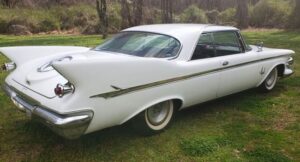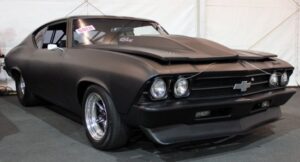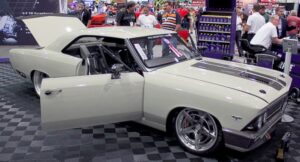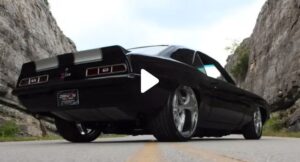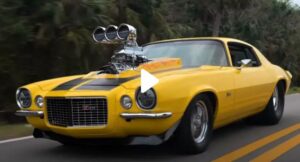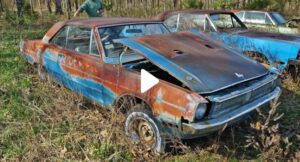Despite being a big fan of the Impala, I do admit that the fifth generation somehow lost the coolness of the models sold during the ‘60s. The full-size car was now even larger, so in some ways, it was no longer the fancy ride that could do everything, from quick trips to the supermarket to journeys across the state.
After the introduction of this new generation for the model year 1971, Impala continued to be one of the nameplates spearheading Chevy’s sales. In terms of demand, full-size Chevrolets weren’t necessarily as appealing as before, but the American giant had no reason to complain.
In 1973, for example, the General Motors brand sold over 2.3 million units, and close to 950,000 were full-sized cars. The Impala obviously accounted for the lion’s share once again. This wasn’t necessarily a surprise, though, as I said, the transformation the car went through, including the changes it received due to the new safety regulations, turned it into a really large vehicle that people compared to a yacht.
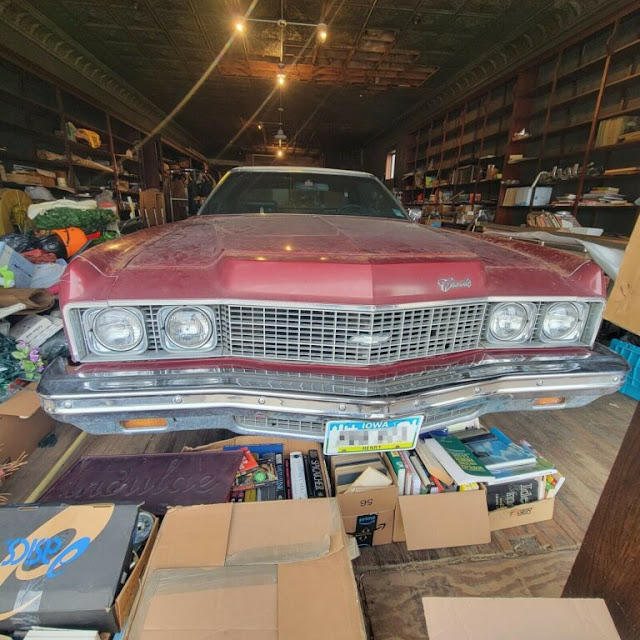
They weren’t wrong. The redesigned Impala was 221.9 inches (5.63 meters) long and measured 79.5 inches (2 meters) in width. The 121.5-inch (3.08-meter) wheelbase of the four-door body style meant there was a lot of room side as well.
And because I’ve already mentioned body styles, the 1973 Impala could be had in a total of six configurations. It started with the coupe versions (Custom Coupe and Sport Coupe) and continued with the sedans (the standard model and the Sport Sedan).
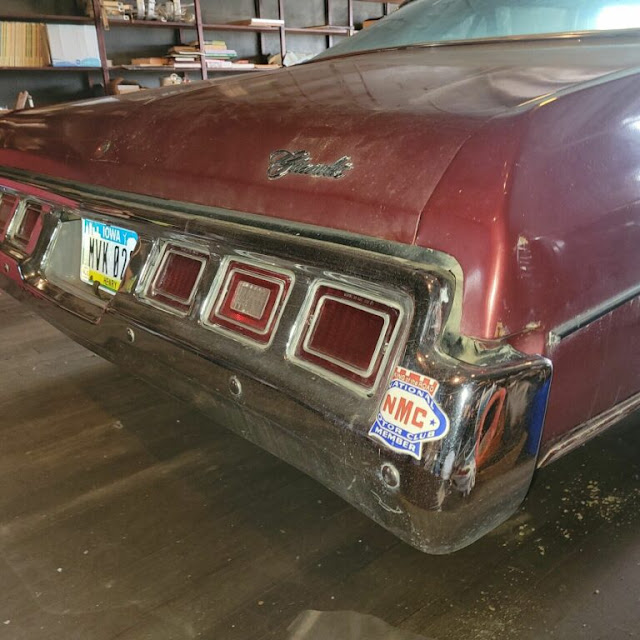
The station wagons were aimed at people drooling after more space inside, and they were provided with room for either six or nine passengers. If the coupe is the version that tickles your senses, here’s an Impala that deserves all your attention. But as you inspect the car, you might discover something that’s even more important: its general condition.
The car hasn’t seen daylight in over 30 years, as the only family that owned it parked the Impala in a garage back in the ’80s. The vehicle has never been molested in any way, so at some level, it continues to be a survivor that flexes almost everything original.
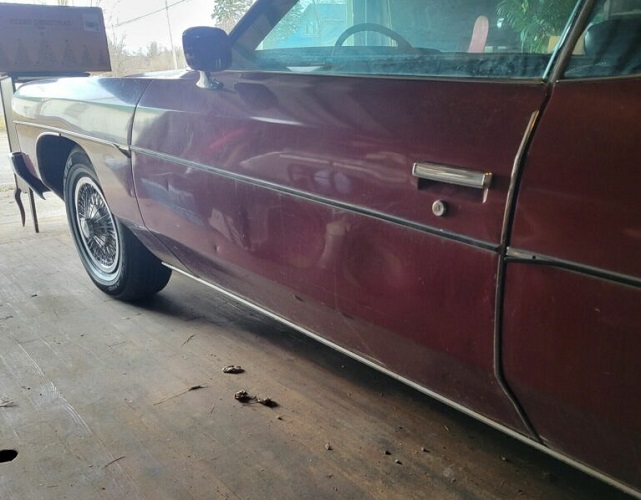
This is one of the parts that require additional inspection, as the Impala still exhibits the factory paint and engine. Potential buyers still need to check everything thoroughly to figure out if anything else has been changed in the meantime. Those Nexen tires look new, but for a diehard Chevy fan, they are not a good choice for an Impala unless you want to use it as a daily driver.
The engine in charge of putting the wheels in motion is the top choice for this model year: the 350 (5.7-liter) V8. For 1973, the new Impala could be fitted with either a lazy six-cylinder or a more potent V8.
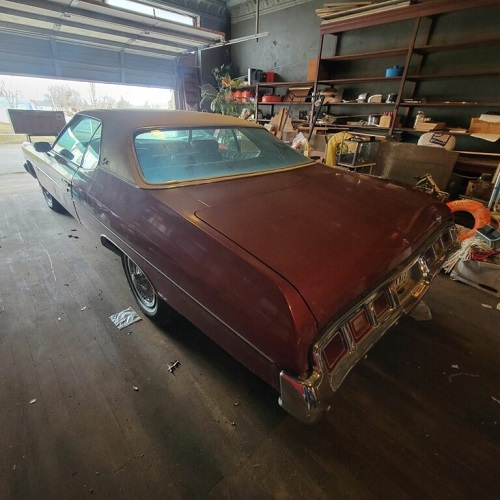
The rationale for this approach was simple: with an engine for more categories of buyers, the Impala would become the right full-sized model for everybody, hence the car was supposed to enjoy better sales.
The straight-six units have never been as popular as their V8 siblings, but even so, it’s not unusual to see an Impala SS powered by a six-cylinder engine. The base unit on the 1973 model was the 250 (4.0-liter), but most buyers ended up ordering the 350 that’s also powering this Impala. The more powerful choice was the 400 (6.5-liter) V8, while the icing on the cake was the 454 (7.4-liter) that can rarely be found today.
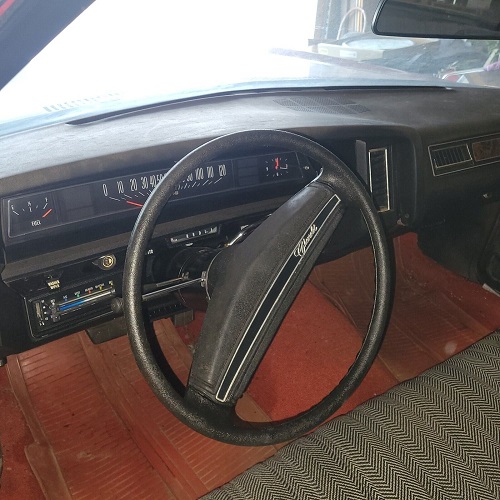
The condition of the engine on this Impala is currently as mysterious as it gets. The owner says they heard the V8 running, but at this point, it no longer starts. Sure enough, a good mechanic should be able to tell you more about the engine after a quick inspection, but a V8 stuck after over three decades in storage isn’t necessarily a surprise.
As far as the metal is concerned, this 1973 Impala comes with the typical rust suspects. There’s rust on the lower fenders, and the paint seems to exhibit some rust damage as well. Nevertheless, the body appears to suggest the car has been parked in proper condition.
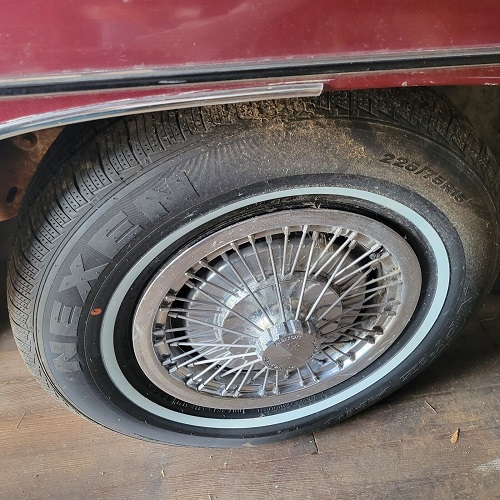
While this isn’t necessarily the most special 1973 Impala around, it would still make for an excellent collectible, especially because it doesn’t look like it requires a ton of work.
Now about that most special 1973 Impala. Back in 1973, General Motors came up with the so-called Air Cushion Restraint System (ACRS), something that we all know today as the airbag.
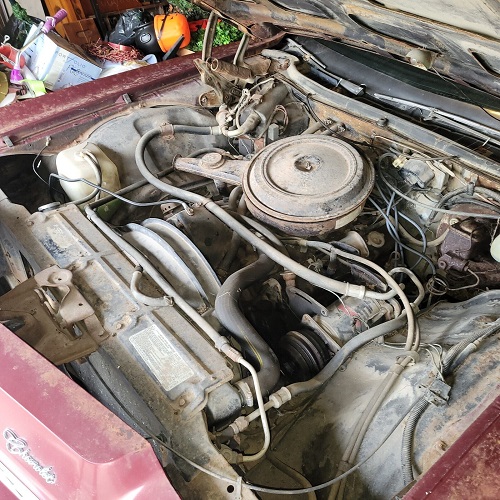
The early version of this must-have safety technology brought driver and passenger-side airbags to Chevy cars, and unsurprisingly, the Impala was the model selected to pioneer the introduction of this new technology.
Only 1,000 units ended up featuring the new safety breakthrough, and all of them were sold to fleet buyers. It’s not known how many of them are still around today.
